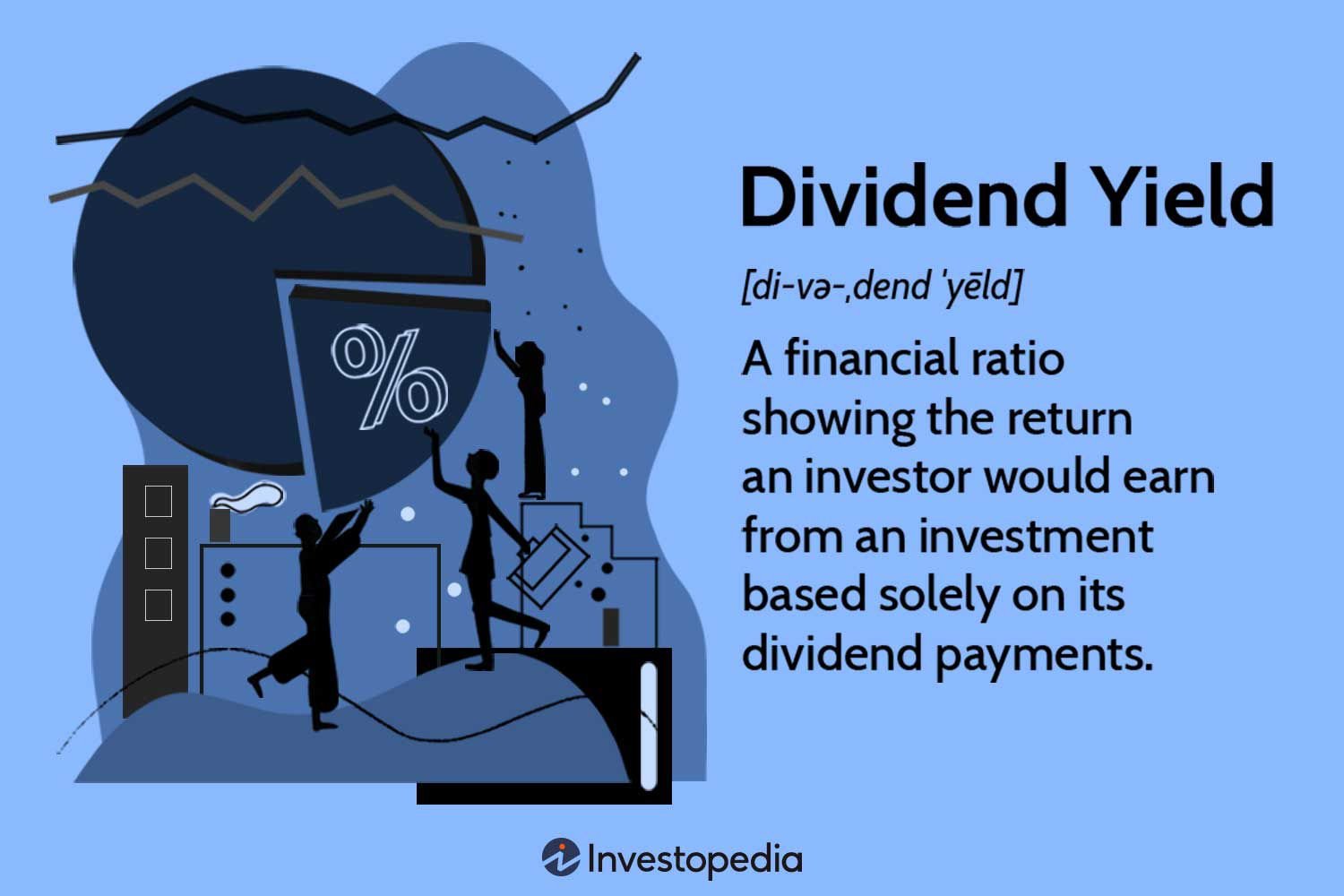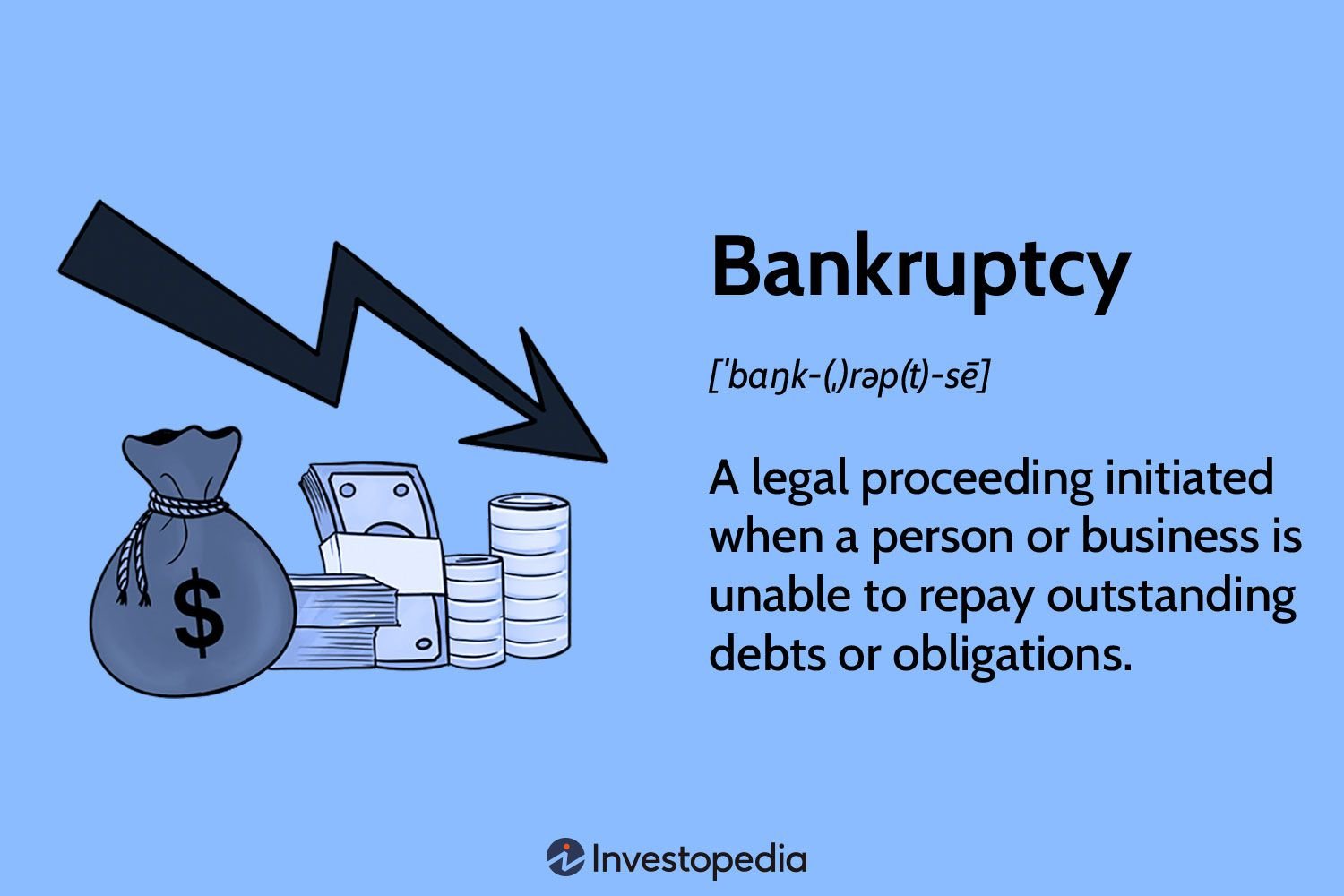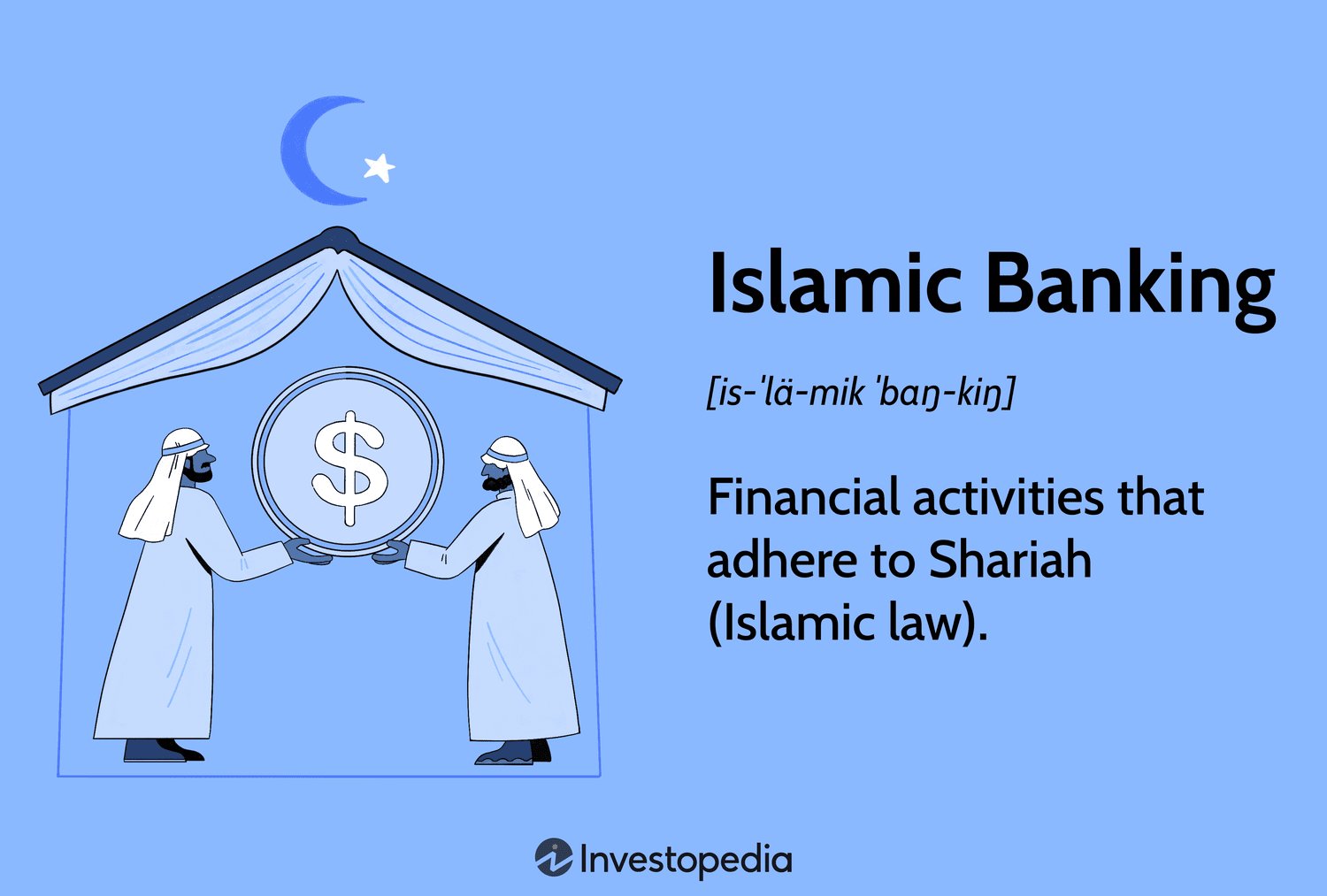Curious about dividend yield in stock investing? Look no further! In simple terms, dividend yield is a crucial metric that measures the return on investment from a dividend-paying stock. It represents the annual dividend payout as a percentage of the stock’s current market price. By understanding dividend yield, investors can assess the income potential of a stock and make informed decisions. In this article, we’ll delve deeper into what dividend yield entails, how it is calculated, and why it matters for investors. So, let’s get started and unravel the world of dividend yield in stock investing!
What is a Dividend Yield in Stock Investing?
When it comes to investing in stocks, there are various factors to consider before making a decision. One key aspect that investors often pay attention to is the dividend yield. The dividend yield is a financial metric that helps investors understand the return they can expect from a stock based on its dividends. In this article, we will delve into the details of what a dividend yield is, how it is calculated, and why it matters when making investment decisions.
Understanding Dividends
Before we jump into the concept of dividend yield, let’s first understand what dividends are. Dividends refer to the portion of a company’s profits that is distributed to its shareholders. Companies usually pay dividends as a way to share their profits with the owners of the company, who are the shareholders. Dividends can be in the form of cash, additional shares of stock, or other assets, depending on the company’s policy.
Defining Dividend Yield
Now that we have a basic understanding of dividends, let’s define dividend yield. Dividend yield is a ratio that indicates how much cash flow or income an investor can expect to receive from owning a stock in the form of dividends. It is expressed as a percentage and is calculated by dividing the annual dividend per share by the stock’s current market price per share and multiplying the result by 100.
The formula for calculating dividend yield is:
Calculating Dividend Yield
To illustrate how dividend yield is calculated, let’s consider an example. Suppose you own shares of Company ABC, which pays an annual dividend of $2 per share. The current market price of a share of Company ABC is $50. To calculate the dividend yield, divide the annual dividend per share ($2) by the stock’s current market price per share ($50), and multiply the result by 100:
In this example, the dividend yield for Company ABC is 4%. This means that for every dollar you invest in Company ABC’s stock, you can expect a 4% return in the form of dividends. Keep in mind that dividend yield is dynamic and can change over time as stock prices and dividends fluctuate.
Interpreting Dividend Yield
Interpreting dividend yield is crucial for investors as it helps them assess the attractiveness of a stock. Here are a few points to consider when interpreting dividend yield:
- A higher dividend yield indicates a higher return on investment in the form of dividends.
- A lower dividend yield suggests a lower return on investment in the form of dividends.
- Dividend yield should not be the sole factor in decision-making. It should be considered in conjunction with other financial metrics and the investor’s overall investment strategy.
- Comparing the dividend yield of a stock with its industry peers can provide insights into the stock’s competitiveness.
- Dividend yield can vary across different industries. For example, industries that are more mature and stable may have higher dividend yields compared to growth-oriented industries.
Factors Affecting Dividend Yield
Several factors can influence a company’s dividend yield. Understanding these factors can help investors make informed decisions. Here are some key factors affecting dividend yield:
Company Profitability
The profitability of a company plays a significant role in determining its dividend yield. Companies with higher profits are more likely to pay larger dividends, resulting in a higher dividend yield. It’s essential for investors to evaluate a company’s financial health and stability before considering its dividend yield.
Dividend Payout Ratio
The dividend payout ratio is the proportion of a company’s earnings that it chooses to distribute as dividends. A higher payout ratio indicates that the company is distributing a larger share of its profits as dividends, which can result in a higher dividend yield. However, a very high payout ratio may also indicate that the company is not reinvesting enough in its growth.
Market Conditions
Market conditions, such as interest rates and inflation, can impact dividend yield. In times of low interest rates, investors may seek higher-yielding investments, leading to increased demand for stocks with higher dividend yields. Additionally, high inflation can erode the purchasing power of dividends, making higher dividend yields more attractive.
Company Growth Prospects
Companies that are experiencing significant growth may choose to reinvest their profits back into the business rather than paying dividends. As a result, their dividend yield may be lower compared to mature companies that distribute a higher proportion of their profits as dividends. Investors should consider the growth prospects of a company when evaluating its dividend yield.
Benefits of Dividend Yield in Stock Investing
Investors can derive several benefits from considering dividend yield when making investment decisions. Some key benefits include:
- Steady Income: Dividends provide investors with a regular income stream, especially for those seeking reliable cash flow.
- Income Growth: Companies that consistently increase their dividends over time can provide investors with growing income, helping to keep pace with inflation.
- Portfolio Diversification: Dividend-paying stocks can offer diversification benefits, as they tend to be less volatile and provide stability during market downturns.
- Long-Term Wealth Creation: Reinvesting dividends can compound returns over time, potentially leading to significant wealth accumulation.
In summary, dividend yield is a crucial metric for investors to consider when evaluating stocks for investment. It helps investors gauge the return they can expect from owning a stock in the form of dividends. By understanding how dividend yield is calculated, interpreting its implications, and considering the factors that influence it, investors can make more informed investment decisions. Dividend yield, when used in conjunction with other financial metrics and an investor’s overall strategy, can contribute to building a well-rounded and balanced investment portfolio.
Dividend vs. Dividend Yield (Stock Investing 101)
Frequently Asked Questions
Frequently Asked Questions (FAQs)
What is dividend yield in stock investing?
The dividend yield in stock investing is a financial ratio that indicates the annual return on investment in the form of dividends. It is calculated by dividing the annual dividend payment by the stock price and expressing it as a percentage.
How is dividend yield calculated?
To calculate the dividend yield, you divide the annual dividend per share by the stock price per share and then multiply the result by 100. The formula is: Dividend Yield = (Annual Dividend per Share / Stock Price per Share) x 100.
Why is dividend yield important for investors?
Dividend yield is important for investors as it helps assess the income potential of a stock investment. It provides a measure of the return generated through dividends relative to the stock price. A higher dividend yield may indicate a higher income stream for investors.
What is a good dividend yield?
A good dividend yield depends on various factors, such as the industry, market conditions, and individual investment goals. Generally, dividend yields above the average market yield are considered good. However, it is important to consider other factors like the company’s stability and dividend growth history.
Are high dividend yields always better?
High dividend yields may not always be better as they could be a result of a declining stock price. It is important to consider other factors such as the company’s financial health, dividend sustainability, and growth potential. A sustainable and growing dividend yield is often more valuable than a high but unstable yield.
How does dividend yield compare to dividend growth?
Dividend yield and dividend growth are two different aspects of dividend investing. Dividend yield focuses on the current return generated by dividends relative to the stock price. On the other hand, dividend growth considers the rate at which dividends increase over time. Both factors can be important when evaluating an investment opportunity.
What are the advantages of stocks with high dividend yields?
Stocks with high dividend yields can provide regular income to investors, especially those looking for income-oriented investments. They can also be appealing during periods of market volatility, as dividends can provide a cushion against potential price declines. Additionally, high dividend yields can indicate a company’s financial strength and stability.
Can dividend yield change over time?
Yes, dividend yield can change over time. The yield can increase if a company raises its dividend payments or if the stock price declines. Conversely, the yield can decrease if dividend payments are reduced or if the stock price rises. It is important to regularly review dividend yield figures to stay updated on changes in investment returns.
Final Thoughts
The dividend yield is a key metric in stock investing that measures the annual return an investor receives from owning a particular stock. It is calculated by dividing the annual dividend by the stock’s current price. A higher dividend yield indicates a higher return on investment. This metric is useful for investors seeking income from their investments, as it helps them identify stocks that offer steady cash flow through regular dividends. By understanding what a dividend yield is in stock investing, investors can make informed decisions and build a diversified portfolio that aligns with their financial goals.



